Optimal Timing for Waterproofing
Waterproofing is essential for protecting structures from water intrusion, which can cause damage, mold growth, and structural weakening. Proper timing ensures optimal adhesion and durability of waterproofing materials, extending the lifespan of the protected surfaces.
Spring offers moderate temperatures and lower humidity, ideal for applying waterproofing systems before heavy rains begin.
Summer provides warm, dry conditions that facilitate proper curing and adhesion of waterproofing products.
Fall's cooler temperatures and reduced precipitation make it suitable for waterproofing projects, ensuring protection before winter.
Winter is generally unsuitable due to freezing temperatures and snow, which hinder proper application and curing of waterproofing materials.

Ways to make Waterproofings work in tight or awkward layouts.
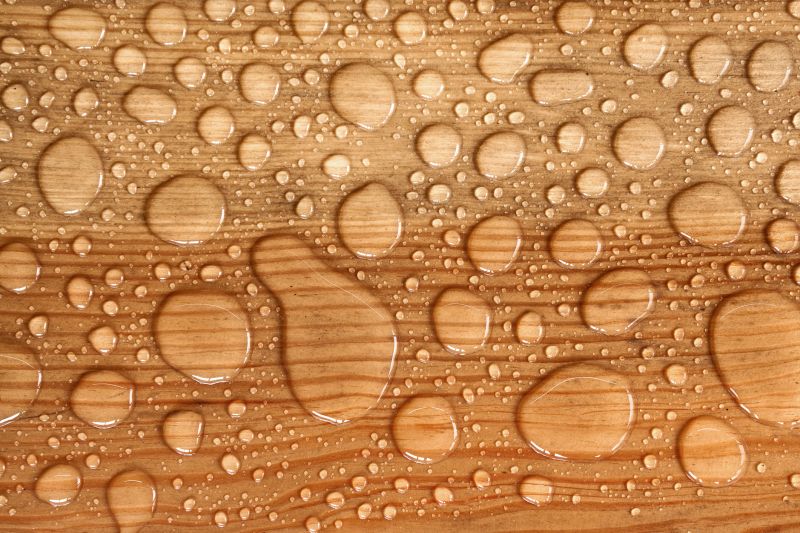
Popular materials for Waterproofings and why they hold up over time.
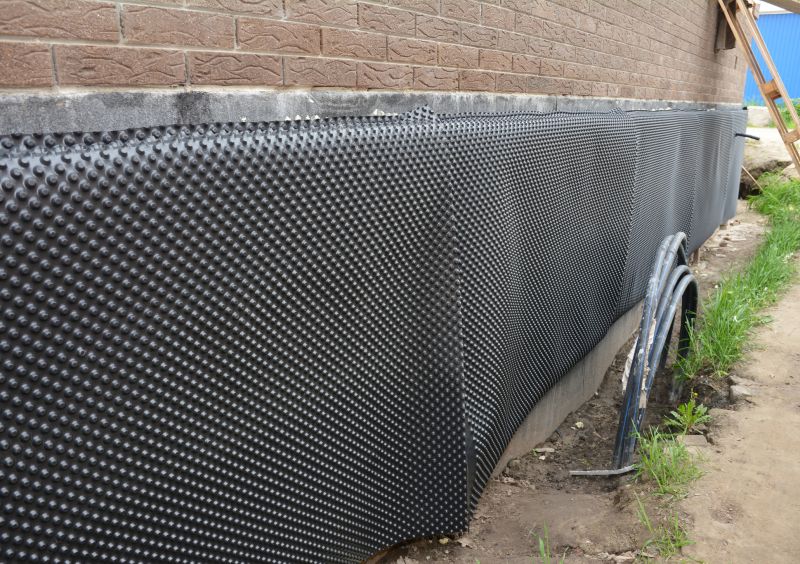
Simple add-ons that improve Waterproofings without blowing the budget.
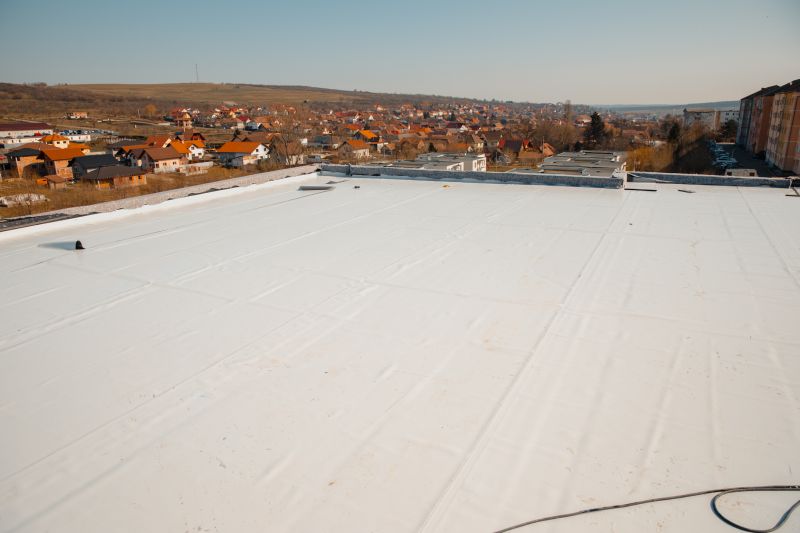
High-end options that actually feel worth it for Waterproofings.
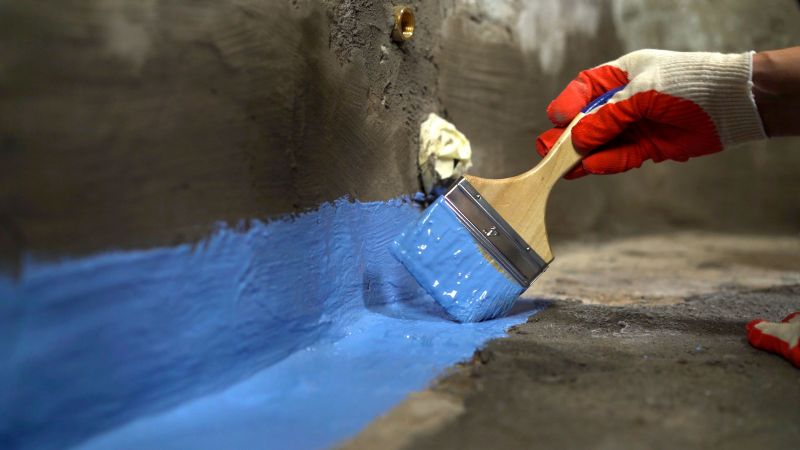
Finishes and colors that play nicely with Waterproofings.
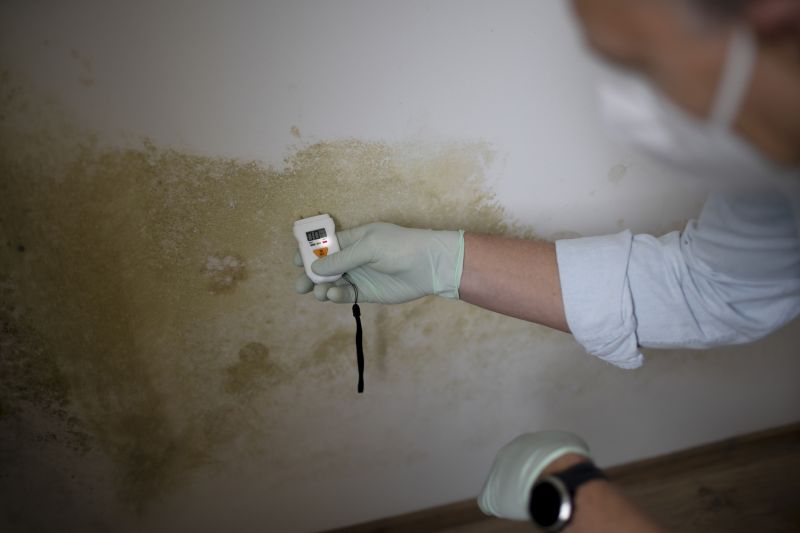
Little measurements that prevent headaches on Waterproofings day.
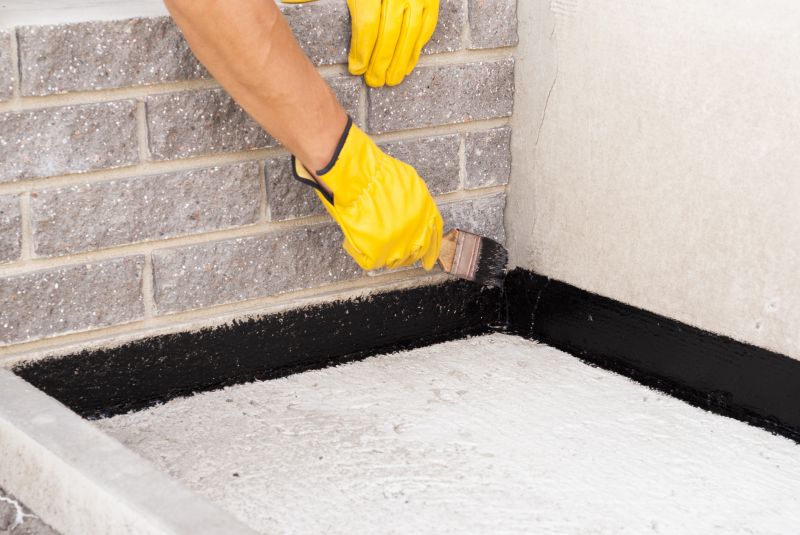
A 60-second routine that keeps Waterproofings looking new.
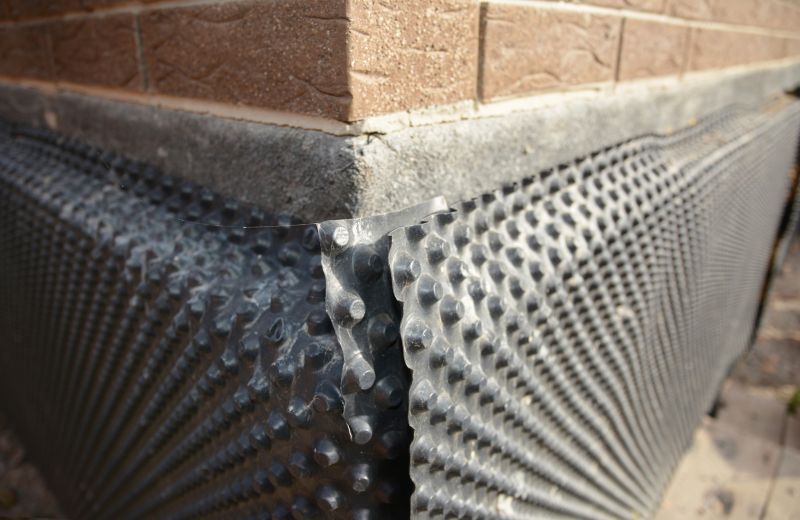
A frequent mistake in Waterproofings and how to dodge it.
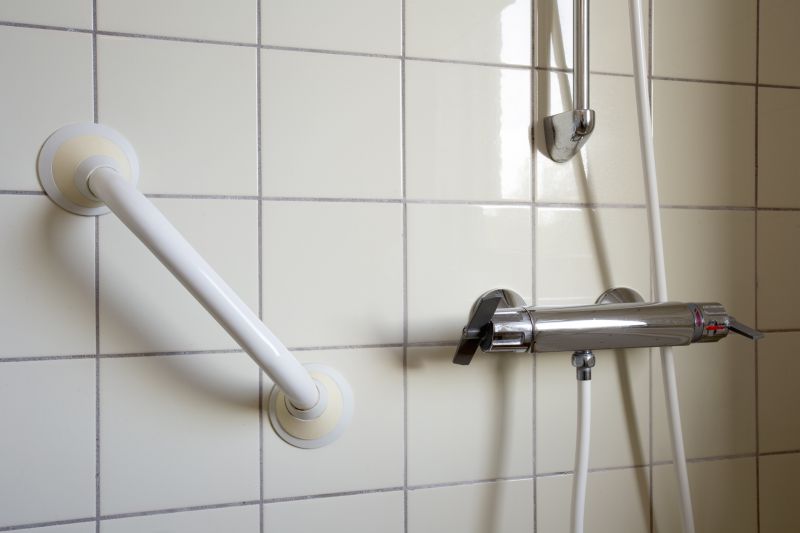
Small tweaks to make Waterproofings safer and easier to use.
| Season | Best Practices |
|---|---|
| Spring | Apply after the last frost, before heavy rains. |
| Summer | Ideal for quick curing, avoid high humidity days. |
| Fall | Complete before temperatures drop below freezing. |
| Winter | Generally not recommended due to freezing conditions. |
Waterproofings are applied using various materials such as membranes, sealants, and coatings. The effectiveness of these products depends on proper application timing and environmental conditions. Properly timed waterproofing can prevent water ingress, reduce maintenance costs, and protect structural integrity.
Statistics indicate that waterproofing can extend the lifespan of building components by up to 50 percent when applied correctly and maintained regularly. It is crucial to consider seasonal weather patterns to ensure the longevity and effectiveness of waterproofing systems.
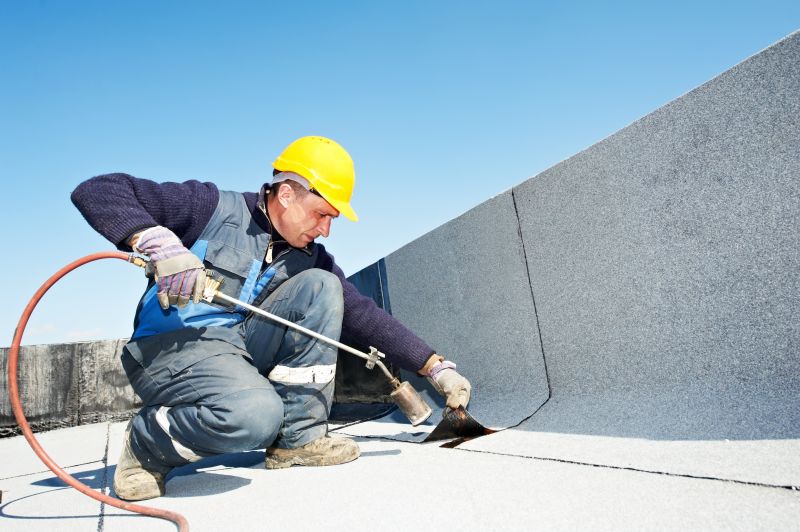
Lower-waste or water-saving choices for Waterproofings.
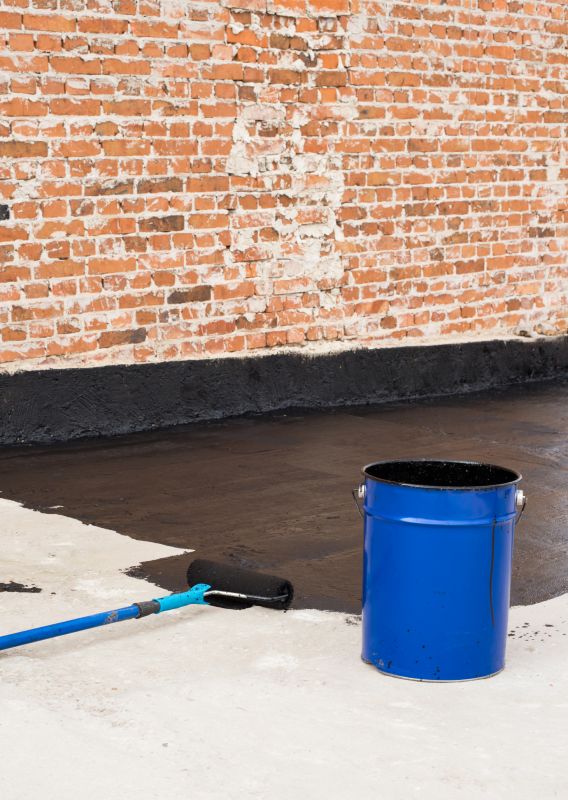
The short, realistic tool list for quality Waterproofings.
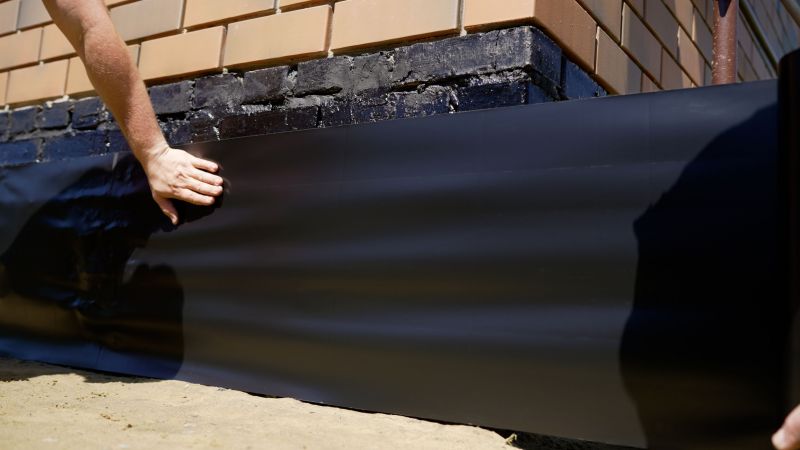
Rough timing from prep to clean-up for Waterproofings.

Quick checks and paperwork to keep after Waterproofings.
Interested in waterproofing services? Filling out the contact form can provide more information and assistance in planning the optimal waterproofing schedule for specific needs.


